Latest Render News

9 months ago
Render Network Explores Decentralized AI Innovations at ETH Denver 2025
The Render Network has made significant strides in decentralized AI and DePIN (decentralized physical infrastructure networks) at ETH Denver 2025. This event underscored the increasing relevance of decentralized AI in real-world applications, with Render Network leading discussions on the integration of blockchain, AI, and decentralized computing. A highlight was the co-hosted event "DeAI Day: Dawn of the Agents," where industry leaders such as MorpheusAI and VeniceAI convened to explore the synergy between DePIN and decentralized AI protocols, particularly focusing on the emergence of on-chain AI agents. Trevor Harries-Jones from Render emphasized the efficiency of distributed GPUs in managing AI workloads, thereby enhancing accessibility for decentralized AI development.
During the mainstage discussions, Render Network's AI scout, Paul Roales, participated in a panel titled "Bitcoin for AI: The Poster Children Catalyzing Decentralized Intelligence." This panel highlighted the critical role of decentralized computing in the AI economy, particularly in powering on-chain agents and scaling consumer AI applications. Roales pointed out the growing capabilities of consumer GPUs, which are essential for democratizing access to AI technologies. The discussions also included Render Network's participation in IoTeX’s "DePIN ❤️ AI" event, where Phil Gara elaborated on the transformative impact of decentralized infrastructure on various sectors, including AI, gaming, and finance.
The conversations at ETH Denver extended to envisioning the future of DeAI and AI agents. Tristan Relly from Render Foundation stressed the importance of decentralization in keeping AI models open and accessible, while Gara highlighted how DePINs could foster user-owned AI systems through token incentives. Looking ahead, Render Network is gearing up for RenderCon 2025, where they will further explore the intersections of 3D technology, AI, and GPU computing, featuring insights from industry leaders on the future of creativity and technology integration.
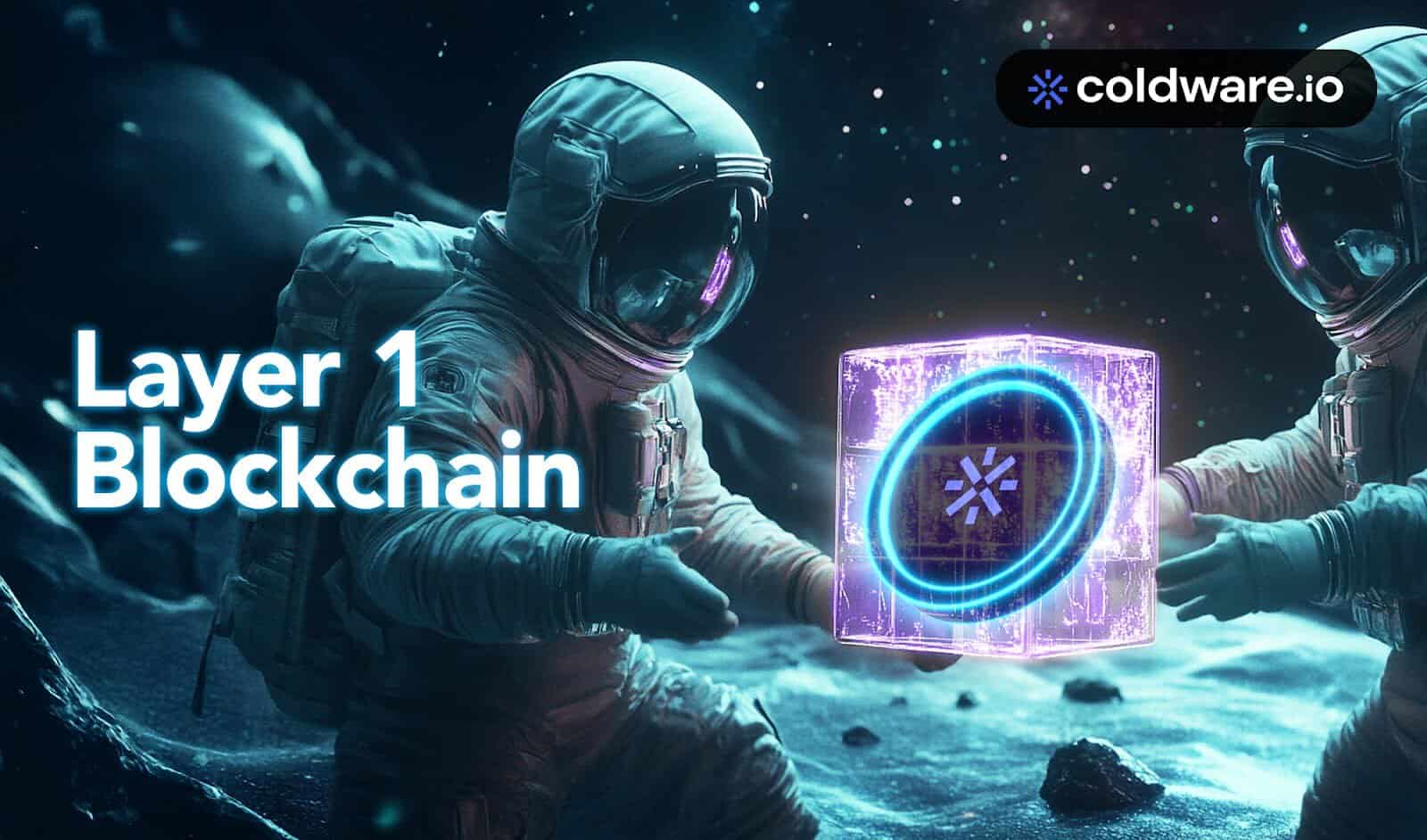
9 months ago
Coldware and Render: Key Players in the DePIN Sector
The decentralized physical infrastructure network (DePIN) sector is witnessing significant developments, particularly with two standout projects: Coldware (COLD) and Render (RENDER). Coldware is redefining the integration of blockchain with real-world asset (RWA) tokenization and payment finance infrastructure, while Render focuses on revolutionizing distributed GPU rendering. As the Web3 landscape evolves from mere speculation to practical applications, both projects are positioned for substantial growth, potentially achieving a remarkable 5000% surge in the coming years.
Coldware (COLD) is at the forefront of the next evolution in DePIN and Web3 utility, expanding its influence beyond GPU distribution. It is introducing blockchain-integrated hardware devices, such as smartphones and digital wallets, aimed at creating a decentralized financial ecosystem. This innovative approach not only enhances the utility of blockchain technology but also facilitates the tokenization of RWAs and the development of PayFi solutions, which are essential for mainstream adoption.
On the other hand, Render (RENDER) has established itself as a leader in decentralized GPU computing, connecting digital artists and developers with distributed GPU power. By allowing users to monetize their idle GPU resources in exchange for RENDER tokens, the platform has garnered significant partnerships with major industry players. However, as competition within the DePIN ecosystem intensifies, Coldware's comprehensive infrastructure model may provide it with a competitive edge. The question remains whether Coldware will surpass Render in the anticipated 5000% growth, as it integrates blockchain into everyday life, potentially driving the next wave of decentralized adoption.

9 months ago
Digital Entertainment City Namba: A Fusion of AI and XR in Osaka
Digital Entertainment City Namba is an innovative extended reality (XR) project located in Osaka, Japan, which integrates artificial intelligence (AI) guides throughout the city. This initiative is powered by Mawari's decentralized physical infrastructure network (DePIN), showcasing how DePINs can effectively meet the computational demands of both XR and AI technologies. The collaboration involves key players such as Mawari, Meta Osaka, Nankai Electric Railway, and the Namba e-stadium, highlighting Osaka's rich cultural and technological heritage while pushing the boundaries of immersive experiences.
The project aims to enhance tourist experiences by utilizing virtual AI guides capable of performing various tasks, from providing guidance to offering customer service. These AI-driven characters are designed to facilitate intuitive interactions that transcend language barriers, making tourism more accessible. The integration of AI within XR experiences presents unique challenges, particularly due to the significant computational power required for graphics rendering and AI processing. DePINs, like those offered by Mawari, promise to alleviate these challenges by leveraging decentralized GPU networks to reduce latency and bandwidth demands.
As the demand for AI processing grows, the transition from graphical rendering to AI capabilities is becoming increasingly common among GPU DePINs. Notably, Render Network has successfully pivoted to include AI processing alongside its original focus on graphics. The Digital Entertainment City Namba project exemplifies this trend, illustrating the potential for decentralized GPU networks to support the convergence of XR and AI technologies. Furthermore, under Japanese law, DePIN tokens are classified as utility tokens, which helps to navigate regulatory challenges while fostering innovation in the sector.
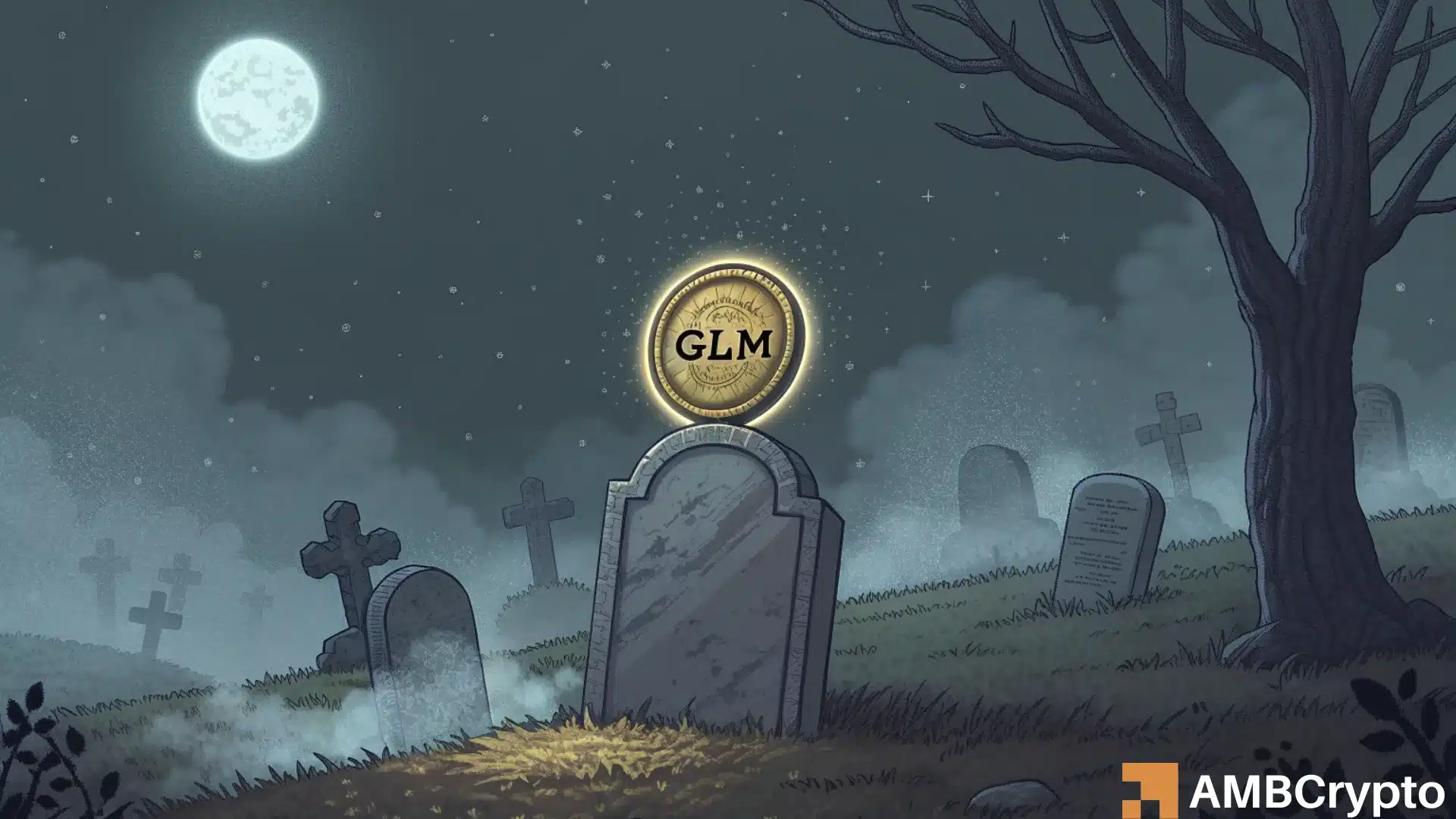
9 months ago
Golem's 40% Surge: A Comeback or Speculative Rally?
Golem has made headlines recently with a remarkable 40% price surge, reigniting interest in its potential future. Once a frontrunner in decentralized computing, Golem's resurgence raises questions about whether this is a genuine comeback or merely a speculative rally. The sudden spike in price has led to discussions within the crypto community, especially given Golem's previous struggles and a notable absence from social media since late 2024. The project, which allows users to lease unused processing power, had been overshadowed by its lack of updates and communication from its development team, leading many to believe it was on the verge of extinction.
The recent price movement has sparked debates about Golem's viability in the competitive landscape of AI-focused cryptocurrencies. While the surge has generated excitement, the subsequent pullback has cast doubt on its sustainability. Technical indicators, such as the Relative Strength Index (RSI) and On-Balance Volume (OBV), suggest that the price increase may have been driven by speculative trading rather than solid fundamentals. Additionally, Golem faces stiff competition from established projects like Render and Ocean Protocol, which have shown stronger development and community engagement. For Golem to reclaim its position, it will need to demonstrate renewed innovation and effective communication with its user base.
As the market watches closely, Golem's next moves will be crucial in determining its future. Investors are advised to remain cautious, as the lack of clear updates from the team could lead to a quick reversal of fortunes. The current landscape for AI cryptocurrencies is dynamic, and while Golem's recent surge is noteworthy, it must prove its long-term viability to attract serious investment. Without a solid strategy and community involvement, Golem risks becoming just another fleeting trend in the ever-evolving crypto market.

a year ago
The Rise of Trusted Execution Environments in Cryptocurrency
In the rapidly evolving world of cryptocurrency, the integration of artificial intelligence (AI) is becoming increasingly prominent. Notable projects such as Bittensor, Near, AR, and Render are leading this trend, showcasing the potential of AI-driven technologies. Recently, AI agents have gained attention for their ability to create cryptocurrencies and engage on social media platforms, exemplified by meme coins like GOAT and Fartcoin. Furthermore, the emergence of Trusted Execution Environments (TEE) is set to revolutionize data security in blockchain applications. TEE functions as a digital vault, allowing sensitive data to be processed securely, even in the event of malware attacks on the operating system. This technology ensures that only the results of data processing are shared, keeping the original data confidential and secure.
Phala Network and Marlin are two cryptocurrencies that have adopted TEE technology to enhance privacy and performance. Phala Network focuses on safeguarding sensitive information by enabling private computations on its blockchain. This innovative approach allows for the creation of private smart contracts, ensuring that user data remains confidential throughout the processing phase. Phala's architecture is particularly beneficial for industries requiring stringent data privacy, such as healthcare and finance. The native token, $PHA, facilitates private computation services and rewards network nodes, experiencing a significant price increase this year, although it remains below its historical highs.
On the other hand, Marlin leverages TEE technology to address the blockchain's historical limitations regarding speed and efficiency. By executing complex calculations off-chain, Marlin minimizes network congestion and reduces transaction costs. The native token, $POND, has seen modest growth this year, making it an attractive option for potential investors during a market upswing. Despite the promising applications of TEE technology, challenges remain, including vulnerabilities to hardware attacks and reliance on closed-source processors. Nevertheless, the potential benefits for the cryptocurrency ecosystem are substantial, and as these technologies mature, they may attract increased interest from investors and users alike.

a year ago
Top 4 Web3 Crypto Coins to Watch in 2025
As blockchain technology continues to grow at an impressive rate of 6.38% annually, interest in decentralized systems is on the rise. Among the myriad of projects emerging in this space, four Web3 crypto coins are capturing significant market attention: Web3Bay (3BAY), Render Token (RNDR), Injective (INJ), and Phala Network (PHA). Each of these projects is pioneering innovations in decentralized finance, privacy solutions, and the creative sector, making them worthy of consideration for investors looking towards 2025.
Web3Bay (3BAY) is revolutionizing the e-commerce landscape with its decentralized platform for digital asset exchanges. By leveraging blockchain technology, Web3Bay offers a marketplace that eliminates centralized oversight, allowing for cryptocurrency payments and full data ownership. Currently in its third presale phase, Web3Bay has raised $580,000, selling 160 million tokens at a price of $0.0039675 each. This strong presale performance highlights the demand for alternatives to traditional e-commerce platforms, especially for users with limited banking access, positioning Web3Bay as a leading contender in the Web3 space.
On the other hand, Injective (INJ) is advancing decentralized finance by enabling derivative trading across multiple blockchains without relying on centralized exchanges. Despite a recent price dip, Injective's commitment to cross-chain trading enhances its market appeal. Render Token (RNDR) is addressing the rising demand for efficient 3D rendering in gaming and virtual reality, while Phala Network (PHA) focuses on privacy-preserving computing, crucial for secure decentralized applications. Together, these projects represent the forefront of Web3 innovation, each contributing uniquely to the evolving blockchain landscape.
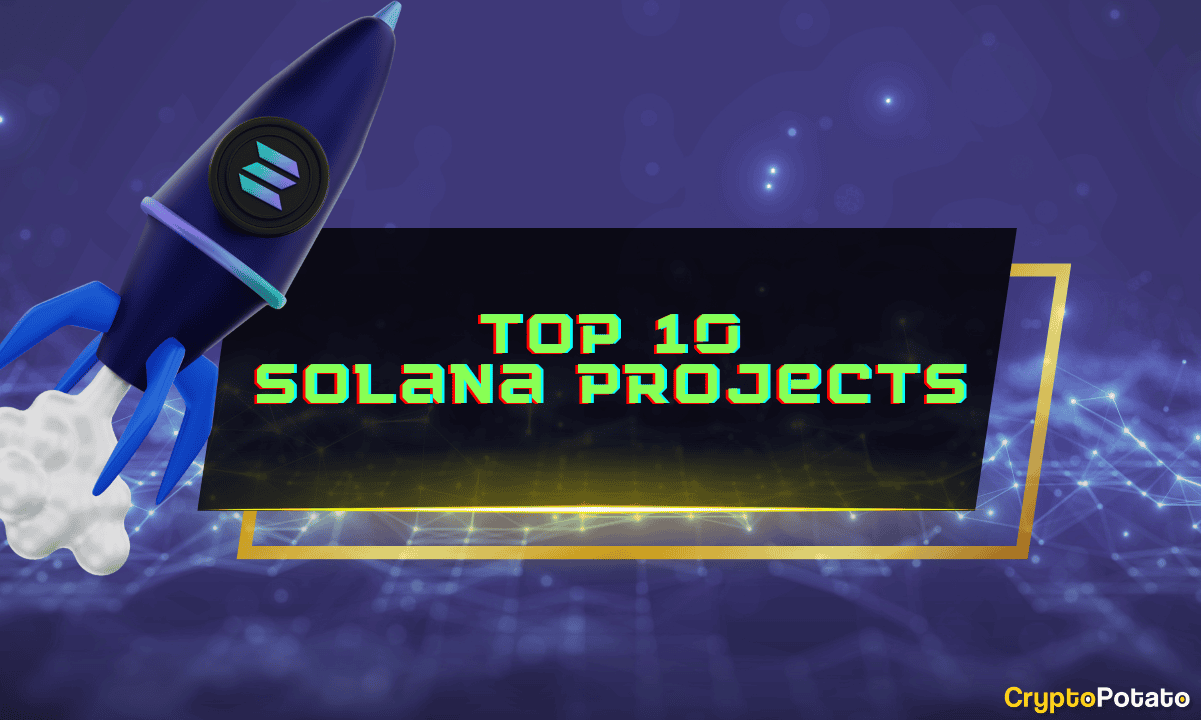
a year ago
Solana's Resurgence: A Leader in Decentralized Finance
Solana has emerged as a leading player in the decentralized finance (DeFi) ecosystem, showcasing a remarkable recovery since the FTX exchange downfall in 2021. By 2024, Solana has solidified its position as one of the most popular blockchain networks, hosting a multi-billion dollar total value locked (TVL) and supporting a vast array of decentralized applications (dApps). The network is celebrated for its scalability, speed, and low transaction costs, making it an attractive platform for various projects, including lending, liquid staking, decentralized exchanges (DEXs), and non-fungible tokens (NFTs).
Among the standout projects on Solana, Phantom Wallet has become the largest self-custody wallet, facilitating safe cryptocurrency storage for millions of users. Jupiter, the top DEX on Solana, has gained traction with features like limit orders and dollar-cost averaging, while Marinade Finance leads in lending with its innovative liquid staking model. Magic Eden has established itself as the go-to NFT marketplace, and the meme coin Dogwifhat has captured significant attention in the crypto community. Other notable projects include Render Network, which focuses on decentralized GPU cloud rendering, and Ondo Finance, which tokenizes real-world assets to enhance liquidity and efficiency.
The importance of decentralized exchanges within the Solana ecosystem cannot be overstated, as they drive economic growth and uphold the principles of decentralized finance. As Solana continues to attract innovative projects and a growing user base, its resilience and adaptability in the face of challenges position it as a formidable player in the blockchain space. With billions in TVL and a diverse range of applications, Solana's DeFi ecosystem is poised for further expansion and success in the coming years.

a year ago
Exploring DePIN: The Future of Decentralized Infrastructure in Web 3.0
In the rapidly evolving landscape of Web 3.0, decentralized physical infrastructure networks (DePIN) are emerging as a transformative force. These networks aim to decentralize essential services such as data storage and computing, making them more accessible and efficient. Among the standout projects in this domain are The Graph Protocol, Theta Network, Akash Network, Arweave, Filecoin, and Render Network. Each of these projects contributes uniquely to the decentralization movement, offering innovative solutions that challenge traditional centralized models.
The Graph Protocol serves as a decentralized indexing protocol that allows developers to access blockchain data quickly through GraphQL queries. By creating an open market for indexed data, it empowers users to curate and sell data sets known as subgraphs, enhancing the efficiency of decentralized applications (DApps). Similarly, Theta Network revolutionizes video streaming by utilizing users' spare bandwidth to create a decentralized content delivery network (CDN). This not only reduces load times but also incentivizes users through its operational token, TFUEL, fostering a community-driven approach to content delivery.
On the cloud computing front, Akash Network offers a decentralized alternative to traditional services, enabling users to rent out their excess computing power. This model significantly reduces costs and democratizes access to cloud resources. Arweave stands out by providing permanent data storage solutions, ensuring that information remains accessible indefinitely without ongoing fees. Filecoin complements this by allowing users to rent out spare storage space, creating a decentralized marketplace for data storage. Lastly, Render Network leverages idle GPU power for tasks like 3D rendering, establishing a decentralized marketplace that connects users needing computational resources with those who have them available. Together, these projects are shaping a more open and accessible digital future, highlighting the potential of DePIN in the Web 3.0 ecosystem.
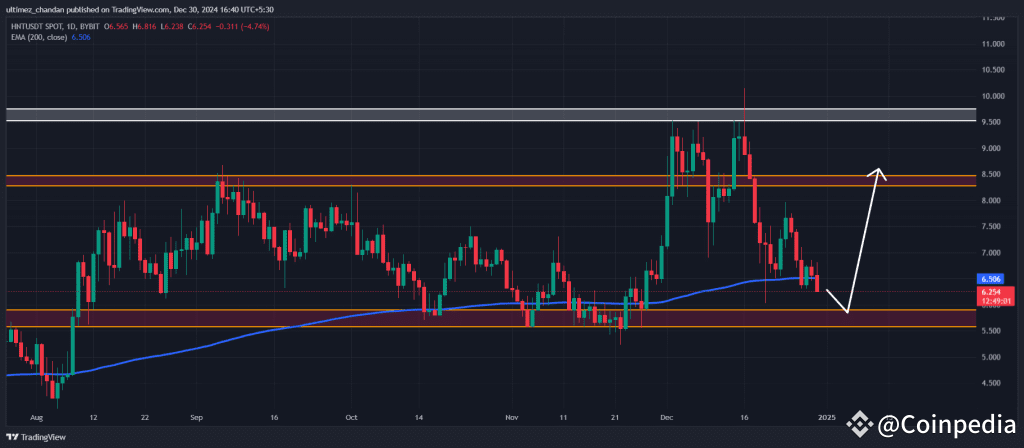
a year ago
Top 10 DePIN Coins to Invest in 2025
In the rapidly evolving cryptocurrency landscape, Decentralized Physical Infrastructure (DePIN) is emerging as a significant narrative for investment in 2025. DePIN projects leverage blockchain technology to enhance real-world physical infrastructure, creating value for both consumers and producers. This article highlights the top 10 DePIN coins that are expected to perform well, showcasing their market capitalizations and promising price actions. Among these, Helium (HNT) stands out with its bullish price action pattern, suggesting a potential surge of 30% to reach $8.5. Similarly, Filecoin (FIL) is anticipated to rally by 65% if it maintains support above $4.90, while Theta Network (THETA) could see a 36% increase if it breaks above $2.45.
Other notable mentions include Internet Computer (ICP), which has found support at critical levels, indicating a potential 55% surge to $15.45. IOTA has attracted attention with a remarkable 540% increase following recent events, although it has faced a correction. If it holds above $0.28, a 35% rise to $0.40 is plausible. Render (RENDER) is also positioned for a breakout, with a potential 60% increase if it surpasses $7.22. Meanwhile, Arweave (AR) and Akash Network (AKT) are showing consolidation and support at key levels, suggesting possible surges of 50% and 60%, respectively.
Lastly, AIOZ Network (AIOZ) and Hivemapper (HONEY) are also on the radar, with AIOZ poised for a 55% increase if it holds above $0.82 and HONEY potentially surging by 50% if it breaks the $0.09 resistance. These DePIN coins represent significant opportunities for investors in 2025, especially if the market experiences a bullish trend.
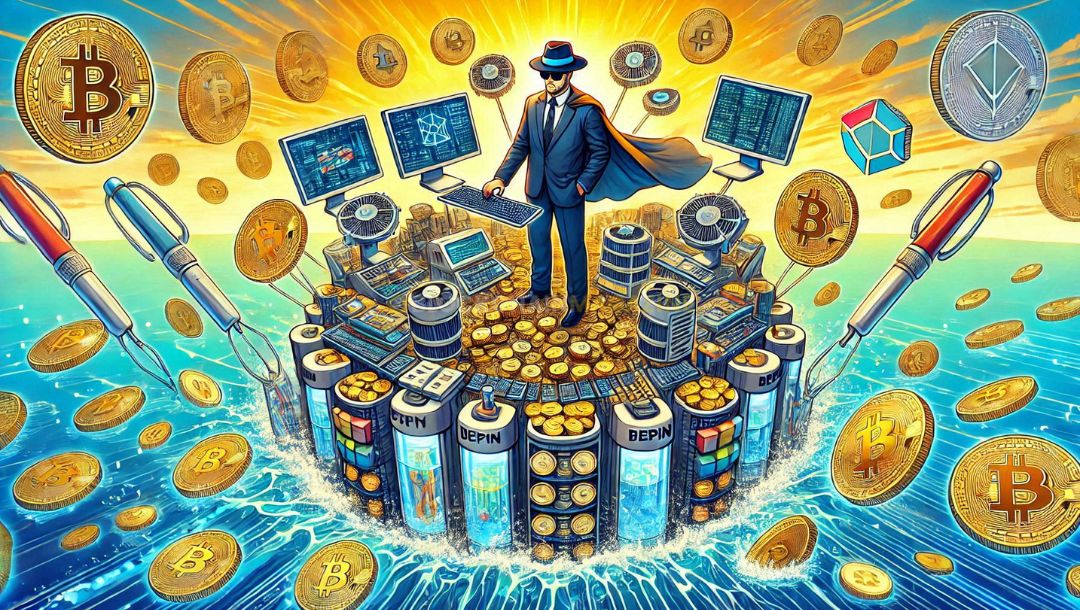
a year ago
Revolutionizing Infrastructure: The Rise of DePin Crypto
Decentralized Physical Infrastructure Networks (DePin) are revolutionizing the way we think about real-world infrastructure by leveraging blockchain technology. This innovative approach aims to redistribute power from centralized corporations back to the community, making systems like storage and streaming more accessible and equitable. With a surge in interest, several DePin coins are emerging as key players in this space, offering unique solutions and investment opportunities. Notable projects include Chirp, Render, BitTorrent, Filecoin, Theta Network, MultiversX, and Ocean Protocol, each contributing to the decentralization movement in distinct ways.
Chirp stands out as a decentralized telecommunications network built on the Sui blockchain, focusing on IoT connectivity. By allowing users to operate their devices and earn CHIRP tokens, it incentivizes participation and fosters a more interconnected digital landscape. Render Network, on the other hand, connects creators with GPU providers, democratizing access to rendering services. Its recent transition from Ethereum to Solana has enhanced transaction speeds, making it a favorite among creatives. Meanwhile, BitTorrent has evolved into a decentralized file-sharing platform, rewarding users with BTT tokens for sharing files, showcasing the potential of community-driven content distribution.
Filecoin operates like an Airbnb for data storage, enabling users to rent out digital storage space while ensuring data security through blockchain verification. Theta Network is redefining video streaming by allowing users to share bandwidth, enhancing content delivery while rewarding participation with TFUEL tokens. MultiversX offers a scalable blockchain infrastructure, facilitating efficient transactions for various applications, while Ocean Protocol focuses on decentralized data exchange, supporting AI and machine learning through tokenized datasets. As DePin continues to grow, these projects exemplify the shift towards a more decentralized and user-centric digital economy.
Signup for latest DePIN news and updates